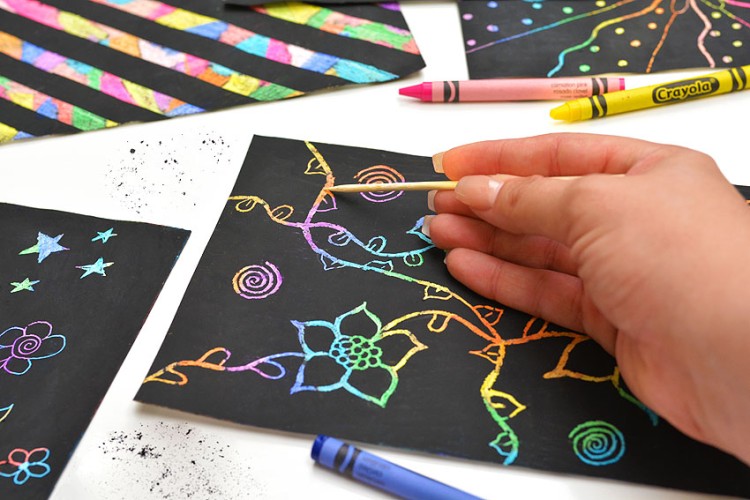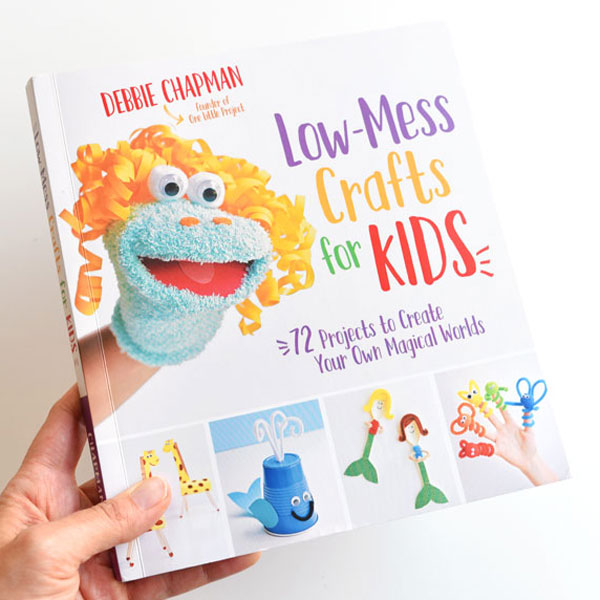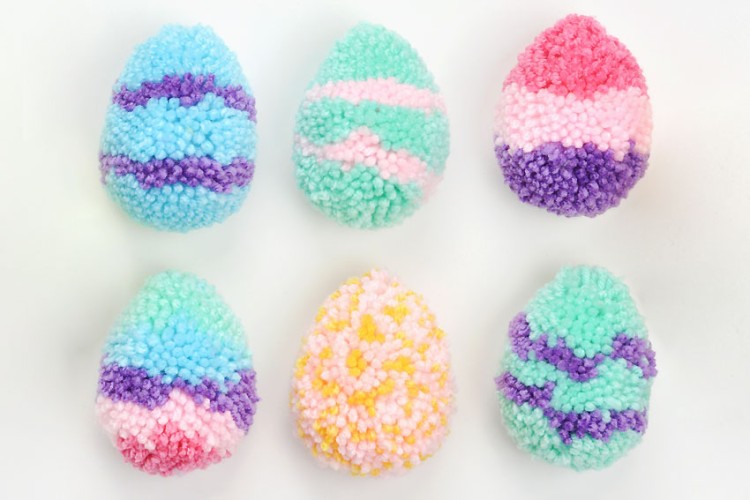Originally developed in the 1800s, cyanotypes have a magical quality that transforms everyday objects like leaves and flowers into beautiful cyan-blue art. And you don’t need any fancy equipment to make these botanical prints! Just grab a few basic materials and use the power of the sun to make your own cyanotype art. It’s so much fun!
This post contains affiliate links. If you use these links to buy something we may earn a small commission which helps us run this website.
Helpful Tips:
What is cyanotype?
Cyanotype is a photographic printing process that creates images with a distinct blue color, known as “Prussian blue.” You may also see cyanotype referred to as “sun printing”. Cyanotypes were invented in 1842 by scientist Sir John Herschel as a way to reproduce notes and diagrams. It quickly became popular in art and photography, especially for creating photograms (images made by placing objects directly onto light-sensitive surfaces). To make a cyanotype, the surface (usually paper or fabric) is coated with a combination of two chemicals: ferric ammonium citrate and potassium ferricyanide. Then, once the surface is dry, it’s exposed to sunlight (UV light), causing the chemicals to react and form the rich blue color. After exposure, the print is rinsed with water to stop the reaction and reveal the final image. Cyanotype is beloved for its simplicity and the striking, deep blue images it produces. It’s incredibly beautiful and easy to do, making it a favourite for both beginners and experienced artists.
Can I do cyanotype printing on a non-sunny day?
Yes, you can use a UV light to expose the cyanotypes indoors if there isn’t enough sun outside. This makes it the perfect craft for even cloudy days or nighttime.
What paper is best for cyanotype printing?
Cotton-based papers like watercolor or mixed media paper work great for cyanotypes. You can also look for cartridge paper or printmaking paper. Whichever type of paper you use, it needs to be thick and sturdy, since it will be exposed to liquid 2 different times. It should also be acid-free paper, so it won’t interfere with the chemical reaction. And, if you don’t want to make the mixture and brush it onto the paper yourself, buy cyanotype paper that’s already treated with the chemicals. Or look beyond paper for your cyanotype printing. You can also make wearable cyanotype prints on fabric, such as cotton or linen!
How long does it take to expose the cyanotype print?
The exact amount of time will depend on the strength of the light source. Bright direct sunlight may work as quickly as 5 minutes, while regular partially cloudy sunlight can take 10 to 20 minutes. And if you use a UV lamp you’ll need between 10 to 30 minutes. You can watch for the colour shift to know when the print is properly exposed, but it’s better to overexpose the print than to underexpose it. You can always wash the print for longer to bring out details, but you can’t add information that wasn’t exposed in the first place. Also keep in mind that you can create different effects with different timings. If you want a more artistic, subtle print, then take the paper out of the sun sooner.
What other materials can I use in cyanotype printing?
Botanicals are a classic medium for cyanotype art. We love the natural, boho vibes of these pressed flower prints, but there are so many other different materials you can use! Try experimenting with other objects like feathers, lace, film negatives, or stencils to create a unique print. You can also create designs with thread or yarn, or even use bubble wrap and clingfilm to add texture.
Do cyanotypes fade over time?
It is possible for cyanotype prints to fade over time, especially if they’re exposed to bright light for long periods. The blue pigments in cyanotypes are sensitive to UV light, which can cause the vibrant color to weaken. However, the fading is often reversible! You can deepen the colour again by placing the prints in a dark room or cupboard. Storing the prints in an alkaline environment (like a file folder that isn’t made from acid-free paper) can also deteriorate the print. Cyanotypes should last for years to come, but you can keep them vibrant for a lot longer by displaying them away from direct sunlight. You can also use a UV-protective glass when framing.
Create your own stunning cyan-blue prints at home! Celebrate nature and preserve spring and summer beauty all year long with this nature inspired art. This solar printing technique offers a lot of opportunities to experiment and get creative, and it’s a lot of fun to do!
Here’s even more art project ideas:
DIY Scratch Art
“Watercolor” Printing Using Markers
Tissue Paper Art
Our book Low-Mess Crafts for Kids is loaded with 72 fun and simple craft ideas for kids! The projects are fun, easy and most importantly low-mess, so the clean up is simple!
Where to buy:
































